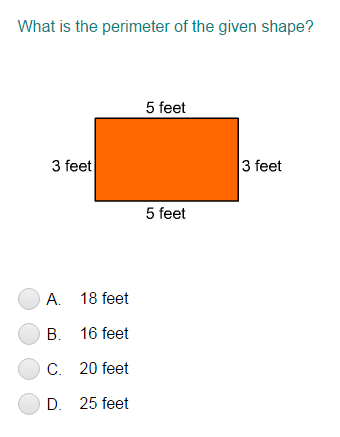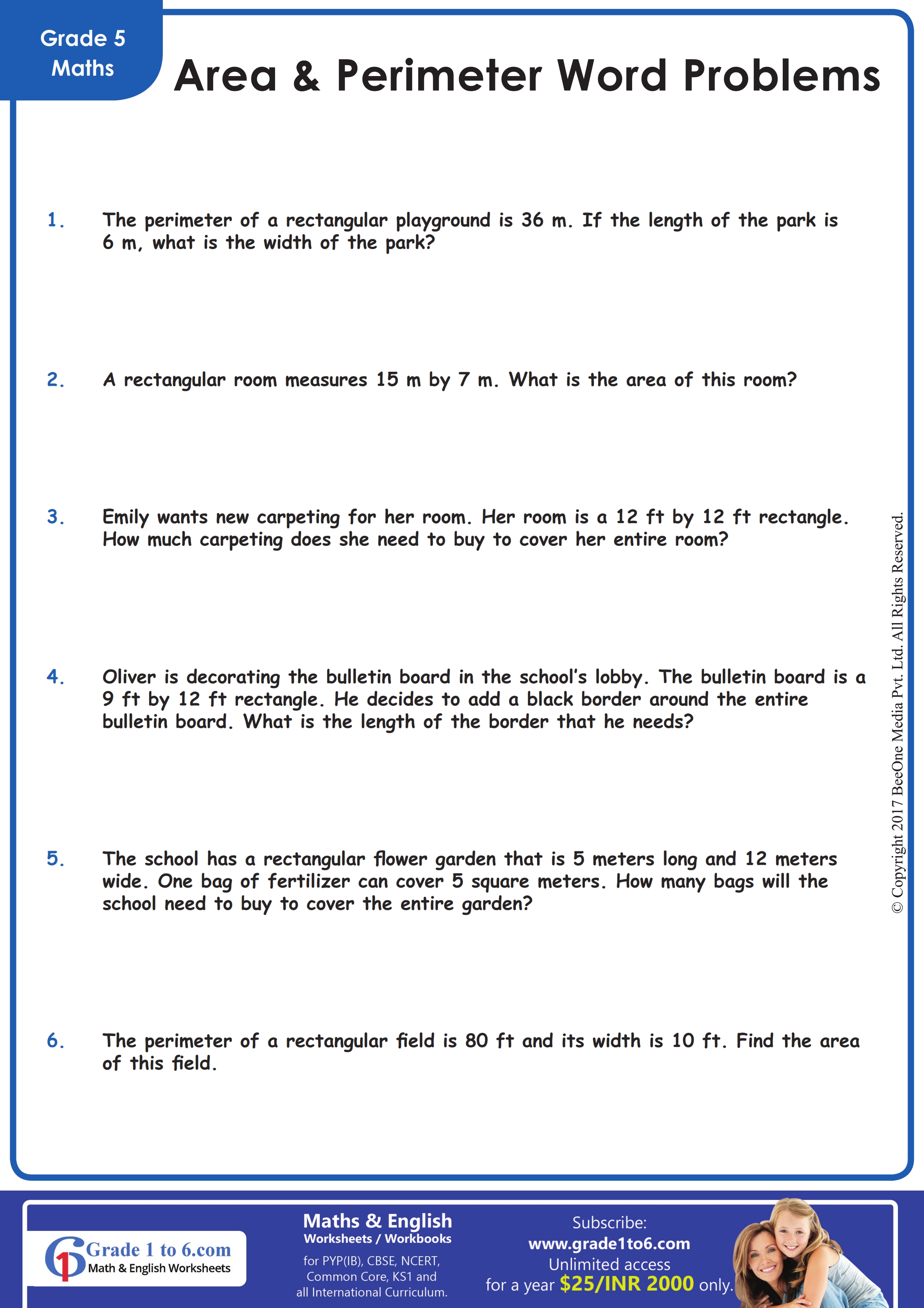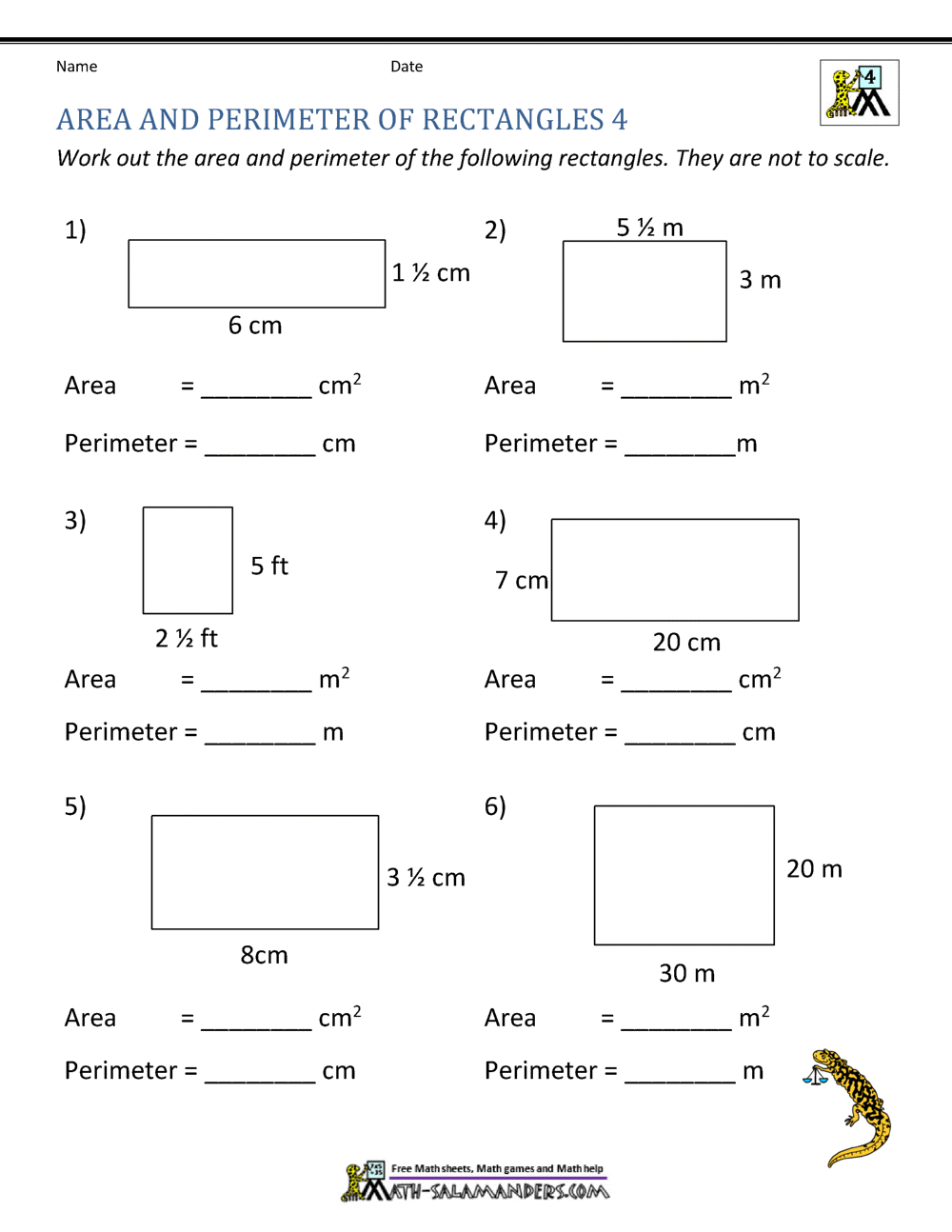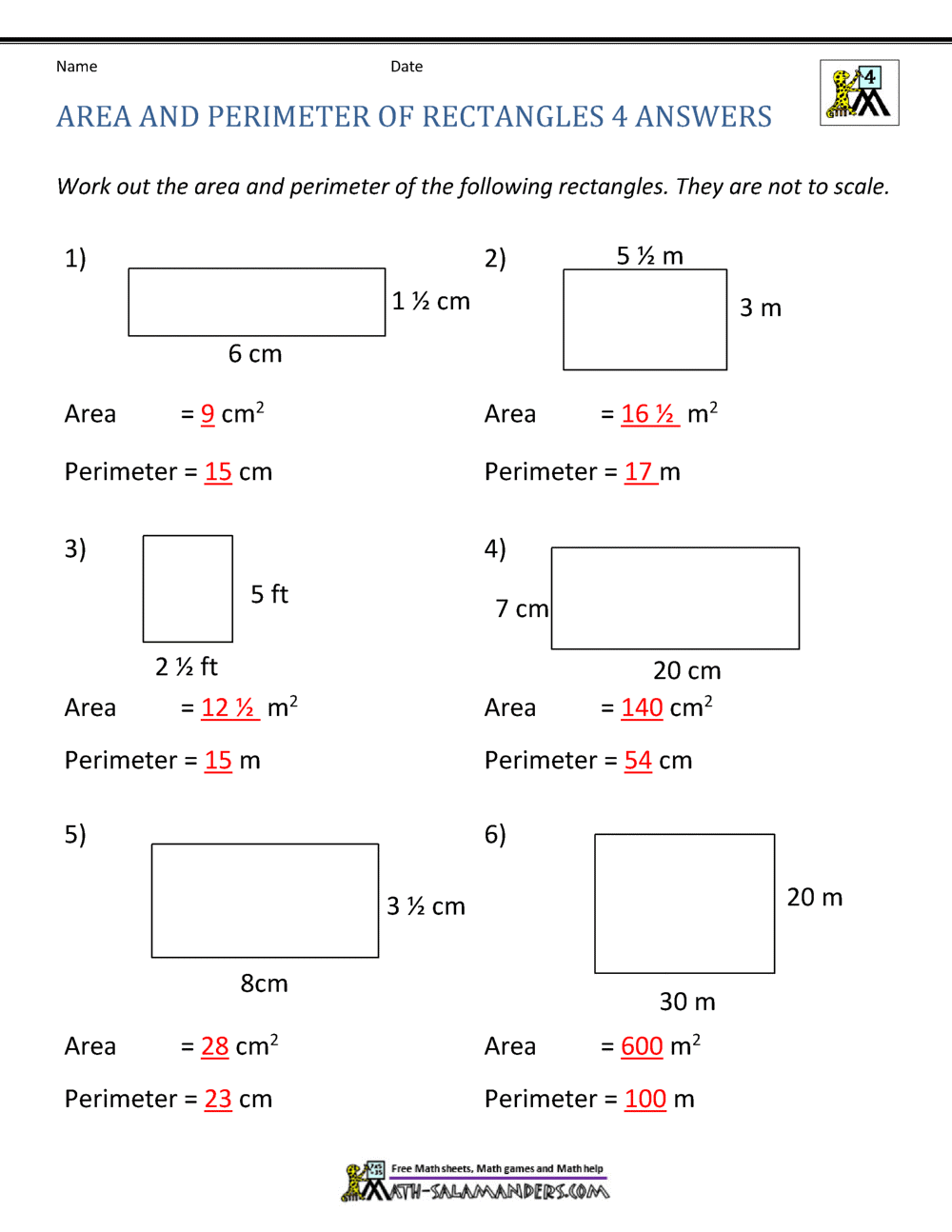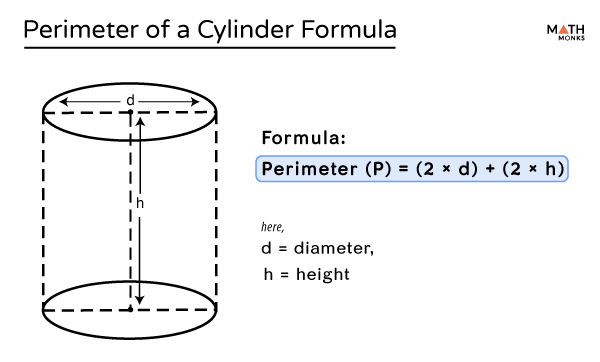Topic what is the perimeter of a quadrilateral: The perimeter of a quadrilateral is the total length of its four sides. Understanding how to calculate this perimeter is essential for solving various geometric problems. Whether dealing with squares, rectangles, trapezoids, or irregular shapes, the process involves summing up the lengths of all sides. This article provides a comprehensive guide to finding the perimeter of different types of quadrilaterals.
Table of Content
- What is the Perimeter of a Quadrilateral?
- Introduction to Perimeter of a Quadrilateral
- Definition and Basic Formula
- Types of Quadrilaterals
- How to Calculate the Perimeter
- Examples and Practice Problems
- Frequently Asked Questions
- Conclusion
- YOUTUBE: Hướng dẫn cách sử dụng công thức khoảng cách giữa bốn điểm để xác định chu vi của hình tứ giác trong hình học.
What is the Perimeter of a Quadrilateral?
The perimeter of a quadrilateral is the total length of its boundary, which can be calculated by adding the lengths of all four sides. The general formula to find the perimeter is:
\[ P = a + b + c + d \]
Example Calculations
-
Example 1: Find the perimeter of a quadrilateral with sides 6 cm, 7 cm, 9 cm, and 10 cm.
Using the formula \( P = a + b + c + d \)
\[ P = 6 \, \text{cm} + 7 \, \text{cm} + 9 \, \text{cm} + 10 \, \text{cm} = 32 \, \text{cm} \]
-
Example 2: Calculate the perimeter of a quadrilateral with sides 4.5 m, 6.5 m, 8.5 m, and 11.5 m.
\[ P = 4.5 \, \text{m} + 6.5 \, \text{m} + 8.5 \, \text{m} + 11.5 \, \text{m} = 31 \, \text{m} \]
Perimeter of Special Quadrilaterals
- Rectangle: \( P = 2(l + w) \)
- Square: \( P = 4a \)
- Parallelogram: \( P = 2(a + b) \)
- Rhombus: \( P = 4a \)
- Trapezoid: \( P = a + b + c + d \)
- Kite: \( P = 2(a + b) \)
Examples of Special Quadrilaterals
-
Kite: For a kite with sides 7 units and 13 units,
\[ P = 7 + 7 + 13 + 13 = 40 \, \text{units} \]
-
Trapezoid: For a trapezoid with sides 4 units, 6 units, 7 units, and 9 units,
\[ P = 4 + 6 + 7 + 9 = 26 \, \text{units} \]

READ MORE:
Introduction to Perimeter of a Quadrilateral
The perimeter of a quadrilateral is the total length around the shape, calculated by summing the lengths of its four sides. Quadrilaterals, which include shapes such as squares, rectangles, rhombuses, trapezoids, and parallelograms, each have unique properties that influence how their perimeters are calculated. Understanding these properties and using appropriate formulas helps in determining the perimeter effectively.
- A square and a rhombus both have four equal sides, so their perimeter is calculated by multiplying the length of one side by four: \( P = 4 \times s \).
- For rectangles and parallelograms, which have opposite sides of equal length, the perimeter is determined by the formula \( P = 2 \times (l + w) \), where \( l \) is the length and \( w \) is the width.
- Trapezoids, with only one pair of parallel sides, have their perimeter calculated by summing the lengths of all four sides: \( P = a + b + c + d \).
| Quadrilateral Type | Perimeter Formula |
|---|---|
| Square | \( 4 \times \text{side} \) |
| Rectangle | \( 2 \times (\text{length} + \text{width}) \) |
| Rhombus | \( 4 \times \text{side} \) |
| Parallelogram | \( 2 \times (\text{side}_1 + \text{side}_2) \) |
| Trapezoid | \( a + b + c + d \) |
Knowing the perimeter of a quadrilateral is essential in various practical applications, such as determining the amount of material needed for fencing a garden or framing a picture. By applying the correct formulas based on the type of quadrilateral, one can easily calculate its perimeter.
Definition and Basic Formula
A quadrilateral is a polygon with four sides. The perimeter of a quadrilateral is the total length of all its sides combined.
The basic formula to find the perimeter of a quadrilateral is:
- Add the lengths of all the sides together.
- Perimeter = Side 1 length + Side 2 length + Side 3 length + Side 4 length
This formula applies to all types of quadrilaterals, whether they are regular or irregular in shape.
Types of Quadrilaterals
Quadrilaterals come in various forms, each with its own unique properties and characteristics. Here are some common types:
- Square: A square is a quadrilateral with all four sides of equal length and all interior angles measuring 90 degrees.
- Rectangle: A rectangle is a quadrilateral with opposite sides of equal length and all interior angles measuring 90 degrees.
- Rhombus: A rhombus is a quadrilateral with all four sides of equal length, but its opposite angles are not necessarily equal.
- Trapezoid: A trapezoid is a quadrilateral with at least one pair of parallel sides.
- Kite: A kite is a quadrilateral with two distinct pairs of adjacent sides that are equal in length.
- Parallelogram: A parallelogram is a quadrilateral with opposite sides that are parallel and equal in length.
- Irregular Quadrilateral: An irregular quadrilateral does not have any special properties like the ones mentioned above. Its sides and angles can vary in length and measure.
How to Calculate the Perimeter
Calculating the perimeter of a quadrilateral involves summing up the lengths of all its sides. Here's a step-by-step guide on how to do it:
- Basic Formula: Sum of All Sides
Add together the lengths of all the sides of the quadrilateral.
- Using Coordinates
If the coordinates of the vertices of the quadrilateral are known, you can use the distance formula to find the length of each side and then sum them up.
- Finding Perimeter with Missing Side
If one side of the quadrilateral is missing, you can find it using geometric properties or additional information provided.
- Special Cases: Inscribed Circle
In some cases where the quadrilateral has an inscribed circle, additional formulas or geometric properties may be used to find the perimeter.
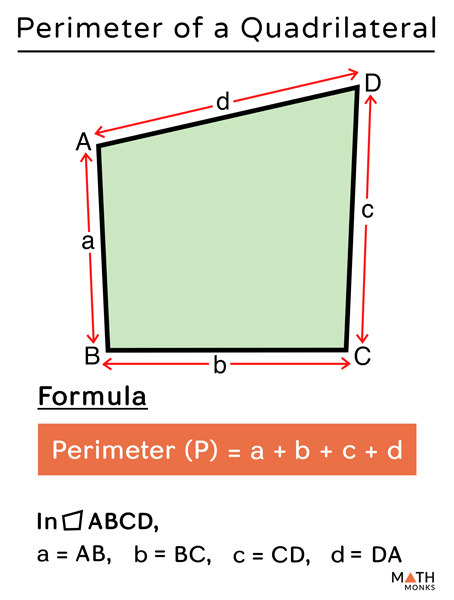
Examples and Practice Problems
- Example 1: Calculate the perimeter of a quadrilateral ABCD with side lengths AB = 5 cm, BC = 7 cm, CD = 6 cm, and AD = 8 cm.
- Example 2: Determine the perimeter of a parallelogram PQRS with side lengths PQ = 9 m, QR = 12 m, and RS = 9 m.
- Practice Problem 1: Find the perimeter of a rhombus WXYZ with a side length of 10 cm.
- Practice Problem 2: Calculate the perimeter of a trapezoid LMNO with parallel sides LM = 8 cm and NO = 14 cm, and non-parallel sides LO = 12 cm and MN = 10 cm.
Using the basic formula for the perimeter of a quadrilateral (the sum of all sides), we add the given side lengths:
P = AB + BC + CD + AD
P = 5 cm + 7 cm + 6 cm + 8 cm = 26 cm
Since opposite sides of a parallelogram are equal in length, we simply need to double the length of one side and add the other two:
P = 2 * PQ + QR + RS
P = 2 * 9 m + 12 m + 9 m = 39 m
As all sides of a rhombus are equal, we multiply the given side length by 4:
P = 4 * side length
P = 4 * 10 cm = 40 cm
To find the perimeter of a trapezoid, we sum the lengths of all four sides:
P = LM + MN + NO + LO
P = 8 cm + 10 cm + 14 cm + 12 cm = 44 cm
Frequently Asked Questions
- What is the perimeter of a quadrilateral?
- How to find the perimeter if one side is missing?
- What to do if the quadrilateral has an inscribed circle?
- How to calculate the perimeter using graph coordinates?
The perimeter of a quadrilateral is the total distance around its boundary, which is the sum of the lengths of all its four sides.
If one side of the quadrilateral is missing, you can find the perimeter by adding the lengths of the known sides and then substituting the missing side with its length if possible.
If the quadrilateral has an inscribed circle, the perimeter can be calculated by summing the lengths of the sides of the quadrilateral.
To calculate the perimeter using graph coordinates, you can use the distance formula between two points for each side of the quadrilateral and then sum the lengths of all sides.
Conclusion
In conclusion, understanding the perimeter of a quadrilateral is essential in geometry as it helps determine the total length of the boundary of the shape. By summing the lengths of all four sides, you can easily calculate the perimeter of various types of quadrilaterals, including squares, rectangles, rhombuses, trapezoids, and more. Whether using basic formulas, coordinates, or considering special cases like quadrilaterals with inscribed circles, mastering perimeter calculations empowers you to solve a wide range of geometric problems.
Hướng dẫn cách sử dụng công thức khoảng cách giữa bốn điểm để xác định chu vi của hình tứ giác trong hình học.
Cách Xác Định Chu Vi Của Hình Tứ Giác Sử Dụng Công Thức Khoảng Cách Của Bốn Điểm
READ MORE:
Xem video này để hiểu rõ hơn về khái niệm chu vi trong toán học và cách tính chu vi của các hình học đa giác.
Toán Học - Chu Vi




